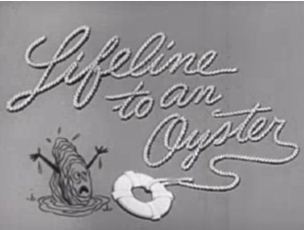The growing oil slick that once was the Gulf of Mexico doesn’t appear to be anywhere near resolution, with all attempts to staunch the flow of petroleum thus far having failed and the only solution that experts are sure will work — drilling relief wells — several months away. But as the fishermen in the area fret about what will happen to their livelihoods in both the short and long term, we found some video evidence that should quell the concerns of those in the oyster biz. [More]
british petroleum
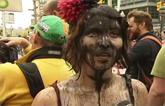
Costumed Sea Creatures Occupy NYC BP Station
A gaggle of costumed sea creatures plan to occupy the SoHo BP station in NYC tonight at 6pm to protest the company’s response to the oil spill. However, while the threat of makeshift sea turtles descending on Houston and Lafeyette is wonderful to contemplate, because BP stations are independently-owned, only the local business owner will be harmed by the disruption in commerce. Media points against BP will be harder to score. This particular station is a mecca for taxi cab drivers in the area, who will most likely find any difficulties in getting gas on a busy holiday weekend night to be less than hilarious. UPDATE: Local news coverage: [More]

BP Oil Spill More Like 12,000-19,000 Barrels Per Day
First BP told us 1,000, then 5,000, and now a joint federal and independent research task force estimates that 12,000 to 19,000 barrels of oil were spewing into the Gulf since the crisis began, NYT reports. If the numbers are right, then we’re talking about as much as 30 million gallons. That would be more than 3x the amount from the Valdez disaster. [More]
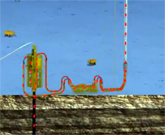
"Top Kill" Seems To Be Working, Says US
BP’s latest efforts to fix the oil spill seem to be actually stopping the geyser of oil, the Coast Guard cautiously announced this morning. The final word isn’t in yet, but might something in the Gulf might be going right for once? I dare not even utter hope’s name. [More]

BP Starts Operation "Top Kill," Watch It Live
BP has started operation “Top Kill,” and we’ve embedded here the live videostream of their latest attempt to plug the well. The maneuver involves pumping heavy drilling mud and cement into the well. While routine on surface wells, it’s never been attempted at 5,000 ft underwater. And if it goes south and the blowout preventer cracks under the pressure, it could make matters worse. Bust out the popcorn! I just saw a robot arm! [More]
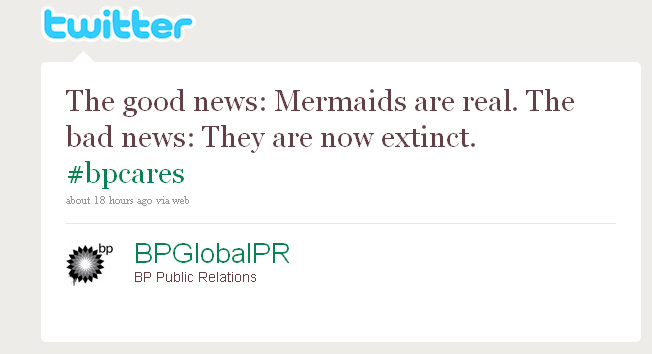
Satirical BP Twitter Account Has More Followers Than Real One
A fake BP PR twitter account, BPGlobalPR, has started posted satirical tweets about the company’s response and attitude to the oil spill, and it has more followers than of the real BP Twitter accounts combined. And why not? Would you rather read, “BP Pledges $500 Million for Independent Research into Impact of Spill on Marine Environment” or “Doing our best to turn oil into oilinade. So far the stuff tastes TERRIBLE.” [More]
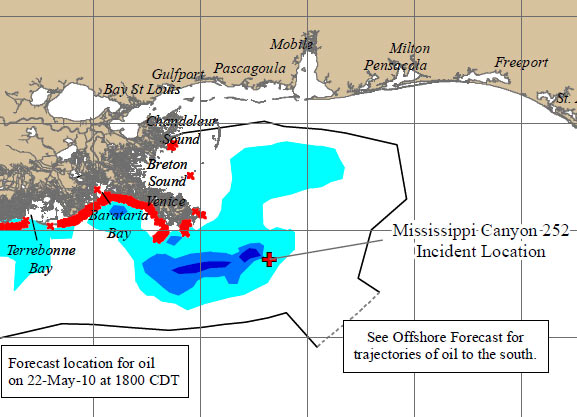
Gulf Oil Spill Oil Reaches Loop Current
The NOAA announced that a “small” amount of oil from the BP oil spill has reached the Loop Current, a warm Gulf current that passes through east to the Florida Straits and could spread any oil up the East Coast. [More]
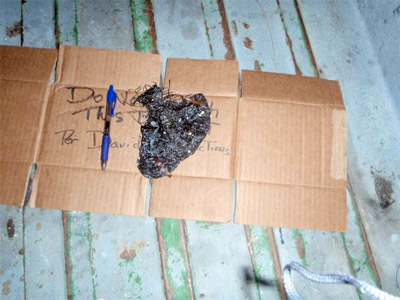
Tarballs Hit Key West
Key West park rangers found 20 3 to 8-inch tarballs Monday that had washed up onto the shores. Tarballs are blobs of oil that become weathered after travelling through the ocean. [More]
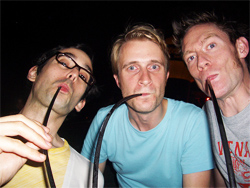
BP Sucking Off 1,000 Barrels/Day From Spill, Only Thousands More To Go
By attaching a mile-long pipe to its leaking well, BP is now able to slurp off 1,000 barrels of oil daily. The Gulf of Mexico spill currently emits about 5,000 barrels of oil per day, according to BP/Coast Guard/NOAA estimates, which have been challenged by independent scientists who put the figure more at 70,000 barrels per day, and criticized BP for using methodology specifically not recommended for measuring large oil spills. BP’s response: we’re here to stop the oil, not measure it. Scientists are also concerned that the oil could reach a major stream that would ferry it into the Florida Keys and up the East Coast. Looks like we’re gonna need a bigger milkshake straw. [More]
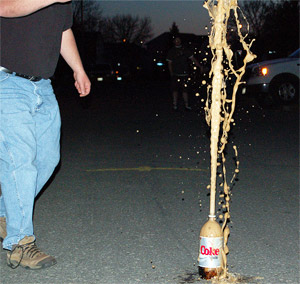
BP's Oil Cap Misses, Crude Still Spews
BP failed in its efforts this weekend to stop the worst of the Gulf of Mexico oil leaks with a 98-ton concrete and steel cap. The company said the dome’s aperture became clogged by gas hydrates, and the hydrates also nearly built up to a level that would have lifted and dislodged the the stopper. “I wouldn’t say it has failed yet,” said Doug Suttles, a BP officer, at a news conference Saturday. “What I would say is what we attempted to do last night didn’t work.” BP said later this week they will try to plug the hole with rubber. [More]
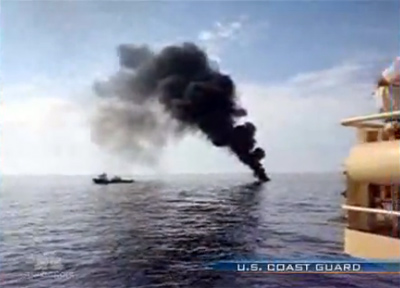
BP Sending Massive Funnel To Contain Oil Spill
BP is in the middle of constructing has built a 100-ton concrete and steel funnel that will be placed over the Gulf of Mexico oil leak to contain it and allow the oil to be pumped onshore. The placement, which I imagine is something like an incredibly stressful large-scale version of The Claw Game, is scheduled for noon eastern today. Will it do the trick? [More]
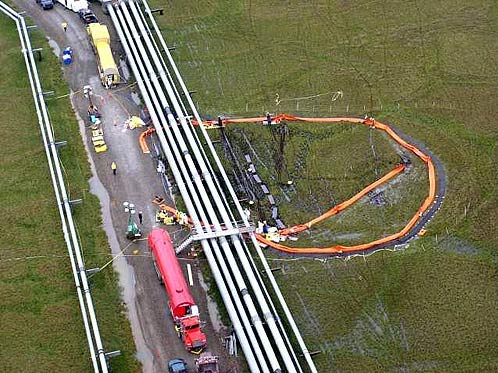
BP Oil Leak Maybe Not So Bad
A 200 gallon British Petroleum oil spill discovered in Alaska’s Prudhoe Bay caused price per gallon to rise past $76 Monday and threaten the shutdown of the nation’s largest oil field. However, BP officials intimated they’re looking into ways to conduct repairs and checks without disabling the entire operation.
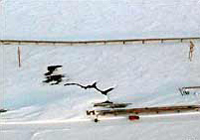
BP Closes Major Alaskan Oil Field
Due to a leak, British Petroleum announced an indefinite shutdown of the Prudhoe Bay field, which produces 8% of the US oil supply. Crude oil prices rocketed past $76.

How Not to Corner the Propane Market
BP is under federal investigation for allegations that a group of executives plotted to corner the propane market. And corner they did, but instead of making $20 million, they lost $10 million.
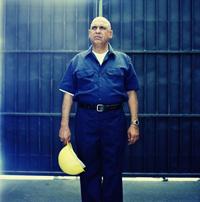
America’s 12 Most Dangerous Employers
Today is Worker Memorial Day, commemorating workers who have died on the job. To “celebrate,” the nation’s 12 most dangerous employers were named in a report released this week by the National Council for Occupational Safety and Health (NCOSH).


